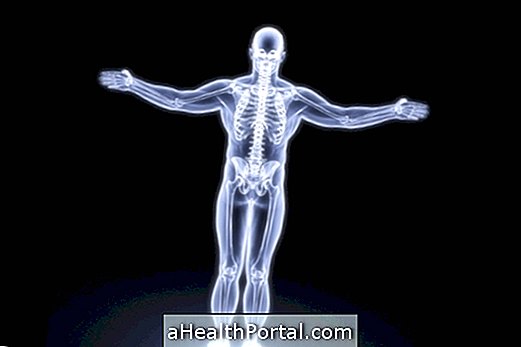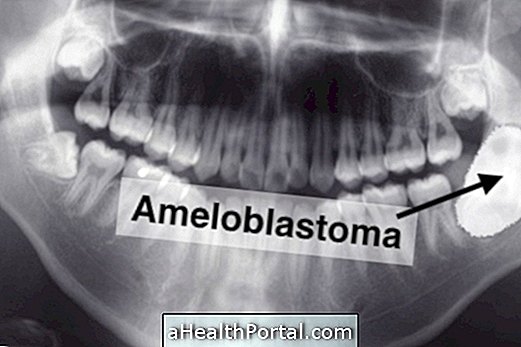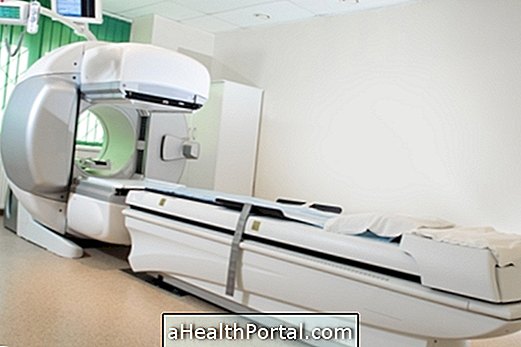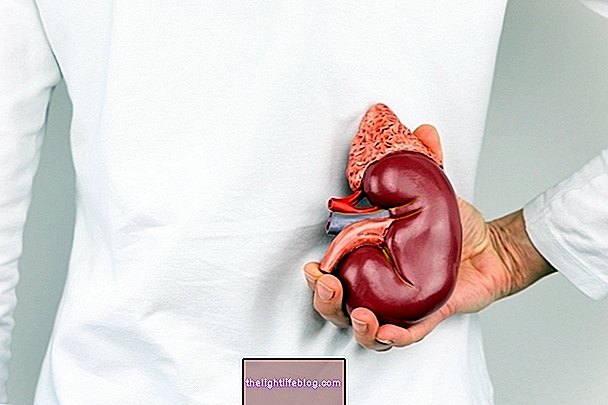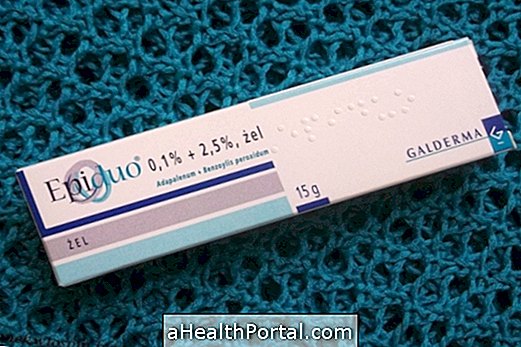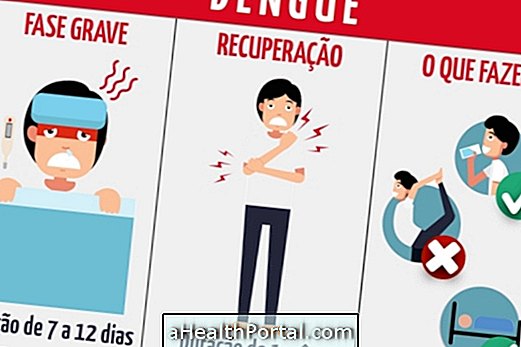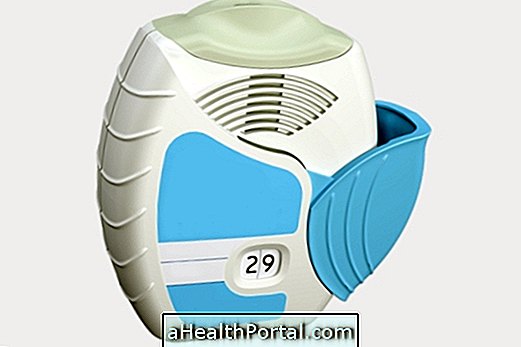Electroconvulsive therapy or ECT is a type of treatment that causes changes in the electrical activity of the brain, regulating the levels of the neurotransmitters serotonin, dopamine, noradrenaline and glutamate, and can then be used in the treatment of depression, schizophrenia and other psychological disorders.
ECT is a very efficient and safe method since the brain stimulation is done with the patient under general anesthesia, and the seizures generated in the procedure are only perceived in the equipment and there is no risk to the person. Despite its good results, electroconvulsive therapy does not promote the cure of the disease, but it considerably reduces the symptoms and should be performed periodically according to the psychiatrist's recommendation.
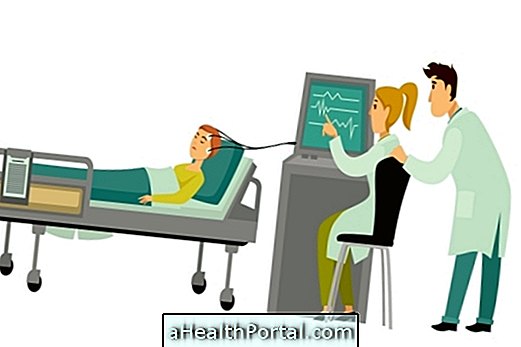
Main indications
ECT is indicated primarily for the treatment of depression and other psychological disorders, such as schizophrenia. This type of treatment is done when:
- The person has a suicidal tendency;
- Drug treatment is not effective or results in many side effects;
- The person has severe psychotic symptoms;
- Treatment with medicinal products is not recommended, especially in the case of pregnant women, breastfeeding women and the elderly.
In addition to depression and schizophrenia, ECT can also be performed in person diagnosed with Parkinson's, epilepsy and mania, such as bipolarity, for example. Learn more about bipolar mania.
How it works
ECT is done in a hospital environment, and can last up to 30 minutes and does not cause pain or discomfort to the patient. To perform the procedure, the person needs to be fasting for at least 7 hours, this is because general anesthesia is required, in addition to being given muscle relaxants and the application of cardiac, cerebral and blood pressure monitors.
The electroconvulsive therapy is done under the supervision of the anesthesiologist and psychiatrist and consists of the application of an electrical stimulus, from two electrodes placed on the front of the head, capable of inducing the seizure, which is only seen in the encephalogram apparatus. From the electrical stimulus, the levels of neurotransmitters in the body are regulated, and it is possible to reduce the symptoms associated with psychotic and depressive disorders. Know what the encephalogram is.
After the procedure, the nursing staff ensures that the patient is well, then can have coffee and go home. ECT is a fast, safe and effective therapeutic method, with periodic sessions according to the degree of the psychological disturbance and recommendation of the psychiatrist, and it is usually indicated to perform 6 to 12 sessions. After each session, the psychiatrist performs the patient assessment to verify the outcome of the treatment.
As it was done before
Electroconvulsive therapy, known as electroshock, was not only used for the treatment of psychiatric patients, but also as a form of torture. This was because the procedure was not performed with the patient under general anesthesia and there was no administration of muscle relaxants, which resulted in contortions during the procedure and multiple fractures, due to muscle contraction, and the memory loss that often occurred.
Over time, the method has been improved, so it is currently considered a safe procedure with a low risk of fracture and memory loss and the seizure is perceived only in the equipment.
Side effects
ECT is a safe technique, however after the procedure the patient may feel confused, have temporary memory loss or feel discomfort, and is usually an anesthetic effect. In addition, there may be mild symptoms such as headache, nausea or muscle pain, which can be treated quickly with some medicines that can relieve symptoms.
This therapeutic method can be done in any person, however, people who have intracerebral lesions, have suffered a stroke or have severe lung disease, can only perform ECT after considering the risks of the procedure.






